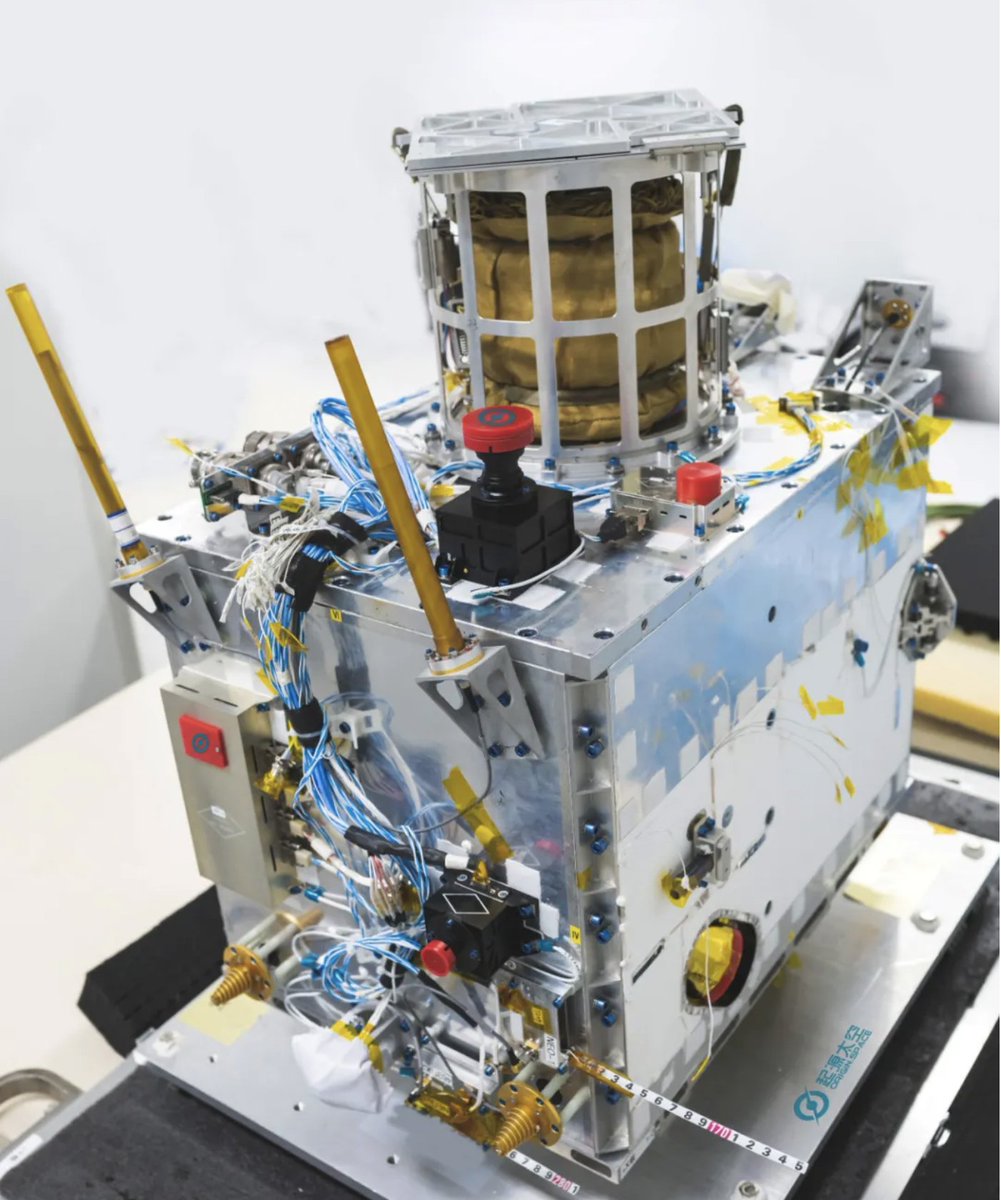
#SpacePioneer seems to be the next Chinese commercial company to attempt a liquid-fueled launch.
A singular feature of their Tianlong-2 rocket is that it can launch from any flat concrete surface: a TEL transports & erects the rocket, and tanker trucks provide propellant on-site.
A singular feature of their Tianlong-2 rocket is that it can launch from any flat concrete surface: a TEL transports & erects the rocket, and tanker trucks provide propellant on-site.
While this is unique among Chinese liquid-fueled rockets, it's worth noting that other companies outside of China are also testing this concept. For example, here's a diagram from @ablspacesystems' RS1 launch vehicle user guide where a TEL and tanker trucks are also employed. 



Space Pioneer claims this reduces complexity, increases flexibility & reduces costs.
In late 2020 during a presentation, their CEO took a jab at @LANDSPACE_China, saying that their launch infrastructure in Jiuquan cost >1B RMB.
(a clearer but low-res clip of the tanker trucks 👇)
In late 2020 during a presentation, their CEO took a jab at @LANDSPACE_China, saying that their launch infrastructure in Jiuquan cost >1B RMB.
(a clearer but low-res clip of the tanker trucks 👇)
As noted by @CNSpaceflight, an oxygen tanker truck can be spotted on the footage of Space Pioneer's latest launch rehearsal.
https://twitter.com/CNSpaceflight/status/1615605093486981120
• • •
Missing some Tweet in this thread? You can try to
force a refresh













